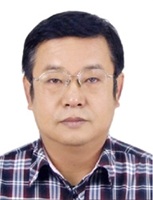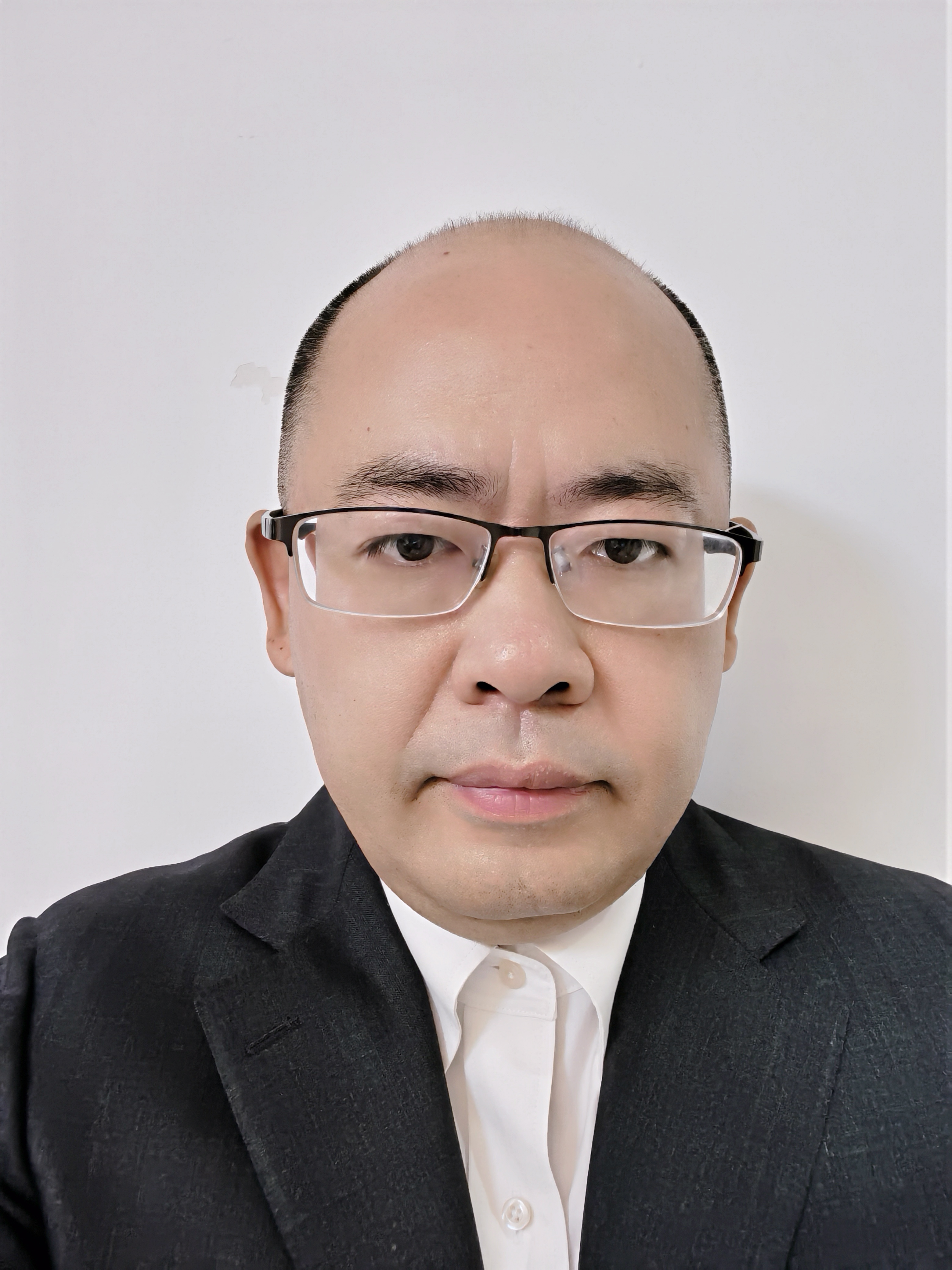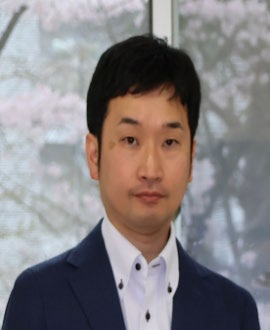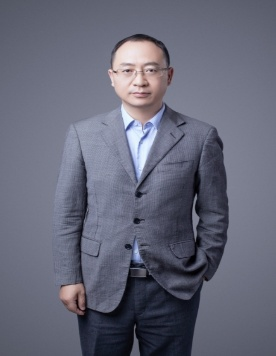Keynote Speakers

Prof. Genxiang Chen
Minzu University of China
Speech Title: Modelling and Simulation of Semiconductor Optoelectronic
Devices
Abstract: Based on the analyses and calculation of the optoelectronic properties of bulk and MQW III-V compound
semiconductors with zincblende structure and direct-bandgap, a comprehensive quasi-3D model for the analysis of the
static and dynamic behaviors of semiconductor optoelectronic devices, such as semiconductor optical amplifiers (SOA’s),
laser diodes (LD’s), electro-absorption modulators (EAM’s), and their integrations, is developed by separating a 3D
problem into 2D cross-sectional and 1D longitudinal modules. The model considers the material properties and the
traveling-wave effects in very details. Both time-domain and frequency-domain properties of a wide variety of
semiconductor devices can be simulated using this model. To demonstrate the capabilities of the model, some simulation
results are presented as examples.
Bio: Genxiang Chen is a professor at Minzu University of China, specializing in optoelectronic devices, fiber-optic communications, and optical sensing. He holds a Ph.D. from Northern Jiaotong University (1997) and has held academic positions at Beijing Jiaotong University and McMaster University (Canada). Currently leading MUC's Innovative Intelligence Base for Photonic Devices and a national innovation team, he has supervised 40+ graduates. His notable achievements include serving as PI for NSFC's Major Research Instrumentation Project (2017-2021) and Key Project (2005-2007), authoring four academic books including "Fiber-Optic Communication Technology" (2010), and receiving honors like National Ethnic Affairs Commission Leading Talent (2013-2017) and Jiangsu Double-Innovation Talent (2015-2018). His work bridges fundamental research and practical applications in photonics.

Prof. Liangchuan Li
Beijing Institute of Technology, China
Speech Title: Evolution and Challenge of Algorithms and Chips in Long Haul
Optical Transmission Systems
Abstract: Coherent optical communication algorithms and chips have been the key driving force behind the rapid
evolution of long-haul optical transmission systems in the past two decades. This paper reviews the evolution process of
coherent optical algorithms and chips for long-haul optical transmission, and provides a detailed introduction to key digital
signal processing algorithms that are of concern in ASIC design. It also discusses the implementation constraints of low
complexity and low-power chips on high-performance algorithm design. For the future, a new spatial division multiplexing
system architecture based on multi-fiber in optical cables has been proposed for the continuous evolution of optical
transmission systems, along with corresponding proposal for coherent optical modules, algorithms and chips.
Bio: Liangchuan Li received the Ph.D. degree in electrical engineering from the Beijing University of Posts and Telecommunications, Beijing, China, in 2007. He has long been engaged in research on coherent optical communication systems and algorithms. Currently he is a professor at Beijing Institute of Technology(Zhuhai) and has published a series of post deadline papers, including OFC2023 PDP、ECOC2022 PDP、OFC2021PDP、OFC2020 PDP、OECC2021 PDP and ACP2023 PDP. His research interests include long haul and metro optical transmission systems, optical Interconnection in DC, MP2P optical networks and digital signal processing.

Prof. Nobuyuki Matsuda
Tohoku University, Japan
Speech Title: Integrated Photonics for Quantum Technologies
Abstract:Quantum information technologies are gathering attention as the next generation information technology, offering highly efficient computational techniques for crucial areas. Such systems require physical carriers of quantum information, among which photons are notable candidates. Photon allow for room-temperature experiments, inter-device communications, and fast computation with a relatively small number of quanta (quantum supremacy). However, quantum information processing devices have traditionally been constructed with free-space optics, which poses challenges for scale up. To address this, attempts to construct photonic quantum information devices using tiny optical waveguide circuits manufactured on silicon chips began around 2010. These devices, known as silicon photonics, were originally developed for optical communication devices and enable the miniaturization and stabilization of photonic quantum systems [1].
We have developed various quantum information devices based on silicon photonics, such as sources of quantum light [2- 6] and photonic quantum circuit [7-10] toward the realization of a fully integrated system of quantum computing on a silicon wafer. In this talk I will review such developments as well as the status and challenges.
Bio: Nobuyuki Matsuda is currently a Professor at the Research Institute of Electrical Communication, Tohoku University, located at 2-2-1 Katahira, Aoba-ku, Sendai 980-8577, Japan. His research interests include Quantum Optics, Integrated Photonics, and Optical Communication. Matsuda began his academic career as a JSPS Research Fellow in April 2009. He then joined NTT Basic Research Laboratories at NTT Corporation in April 2010. He returned to Tohoku University as an Associate Professor in September 2018 and was promoted to Professor in April 2025. He earned his B.S. in Engineering from the School of Engineering, Tohoku University in March 2005, followed by an M.S. in Engineering from the Graduate School of Engineering, Tohoku University in September 2006. He completed his Ph.D. in Engineering at the same institution in March 2009.

Prof. Guangyi Liu
China Mobile Communications Group Co., Ltd., China
Speech Title: 6G Evolves from Communication to XaaS
Abstract:5G’s large scale deployment and commercialization shows that the capabilities beyond communication is necessary for the network to provide a turn-key solution for vertical industry customers, e.g. positioning, computing, storage and AI. Towards 2030, more and more new use cases and scenarios demands integration of communication, sensing, computing, data and AI. To extend the business scope of the mobile operators, the 6G network’s design target is to enable these new capabilities as a service, e.g. sensing as a service, computing as a service, data as a service, and AI as a service. To achieve this, a holistic service based architecture is introduced to support dynamical orchestration and integration of functions and physical resources and provide customized and personalized network deployment in a on demand manner. From the end to end protocol design perspective, the protocol plane are expanded from the existing communication plane to support computing plane, data plane and AI plane, and thus enable X as a service.
Bio: Guangyi Liu, Chief Scientist of 6G in China Mobile Communication Corporation (CMCC), founding member and co-chair of the 6G Alliance of Network AI (6GANA), Board member of NGMN (Global mobile operator alliance), Vice chair of THz industry alliance in China, vice chair of the wireless technology working group of IMT-2030 (6G) promotion group supported by Ministry of Information and Industry Technology of China. He is leading the 6G R&D in CMCC since 2018. During 2014~2020, he has led the 5G R&D in CMCC; During 2006~2016, he has led the R&D of 4G’s evolution in CMCC. He has acted as spectrum working group chair and project coordinator of LTE evolution and 5G eMBB in Global TD-LTE Initiative (GTI) from 2013~2020 and led the industrialization and globalization of TD-LTE evolution and 5G eMBB.
to be announced soon......
Copyright © The 13th ICICN 2025 | International Conference on Information and Communication Networks All rights reserved.
